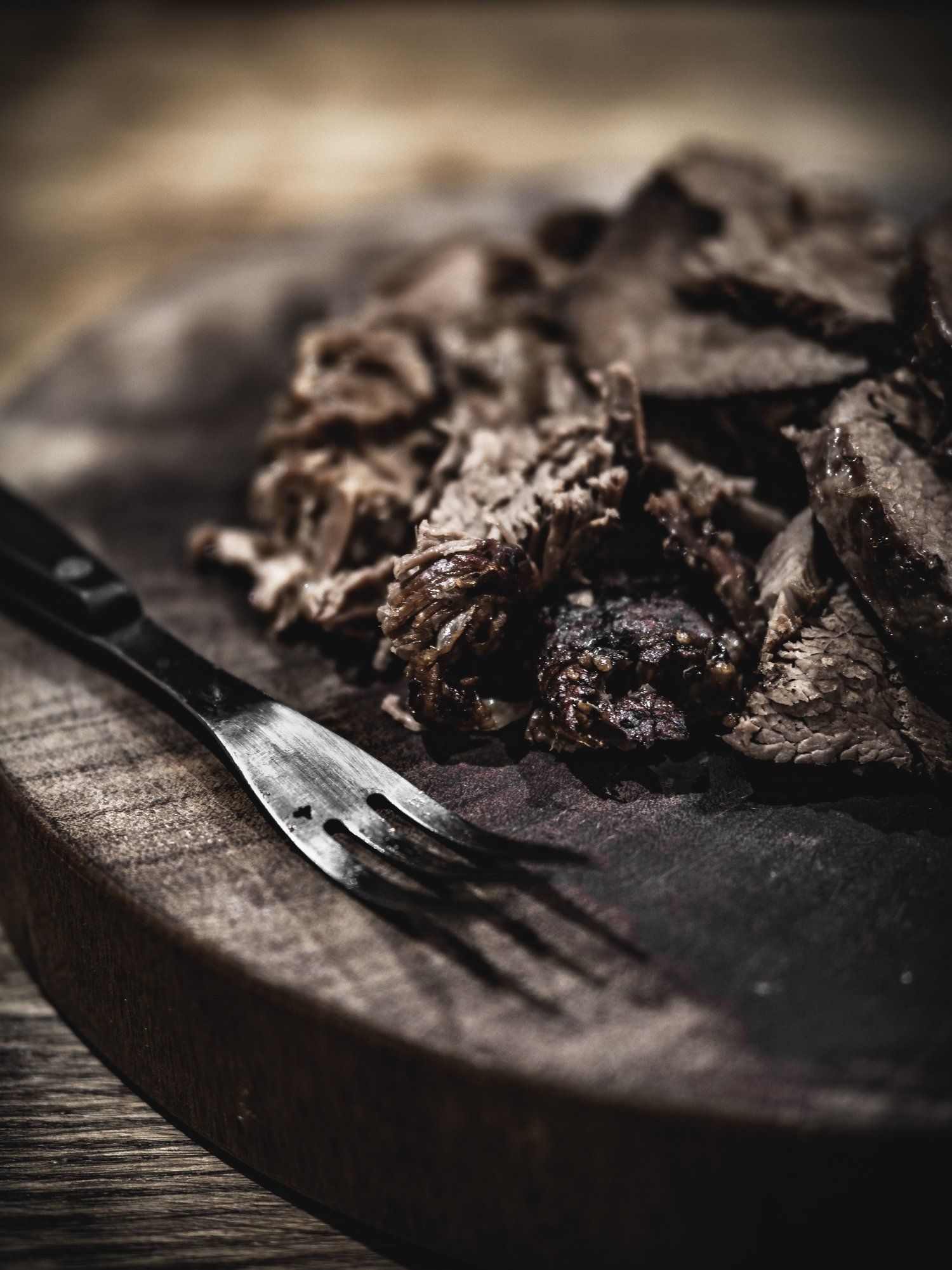Welcome, carnivores and the carnivore-curious! Ever felt like your inner cave person was crying out for a mammoth steak? Well, let me serve you up a thick slice of knowledge about the Carnivore Diet. It’s no Flintstones’ brontosaurus rib, but it’s just as meaty—information-wise.
The Carnivore Diet – A Brief Overview
The Carnivore Diet is as simple as it sounds. It’s all meat, all the time, folks. Picture a T-Rex at a chalkboard explaining nutrition, and you’ve got the idea. Your menu? Meat. Your grocery list? Meat. Your favorite snack? You guessed it: meat!
The Fundamental Principles
The principle behind this diet is pure, unalloyed simplicity. You’re eating meat and nothing but the meat. This may sound like a beefy utopia for dedicated carnivores, but it’s not for the faint of heart (or vegetarians, for that matter). But should you decide to walk this road paved with prime rib, you’ll bid goodbye to carbs, sugar, and most, if not all, plant-based foods. This is as low-carb, as ketogenic and as Atkins-esque as it gets, except more so because—did we mention?—it’s all meat.
The Benefits of Going Carnivore
Now, what could be the upside of having a diet seemingly designed by a saber-toothed tiger? Fans of the Carnivore Diet report several benefits. You’re likely to experience weight loss, blood sugar control, and reduced inflammation. There’s potential for mental health benefits, too, such as brain fog reduction and mood stabilization. In fact, some followers of the diet compare it to restoring your body’s ‘factory settings’. And the benefits aren’t only biological. Ever think how much easier grocery shopping and meal prep will become when your shopping list consists of “meat” repeated a dozen times?
The Downside: Prepping for a Life Without Lettuce
Before you start gnawing on a drumstick, let’s talk turkey about potential downsides. Nutrient deficiencies, especially in Vitamin C and some B vitamins, can be a concern. Combat this with organ meat, a carnivorous source of these vital nutrients—think liver, not rump roast. Also, the potential lack of fiber could lead to poor gut health. If you’re thinking about taking your place in the meat-eating pantheon of predators, you’ll need to monitor your health carefully and adjust as necessary.
Lions and Tigers and Bears, Oh My!
Finally, here’s the elephant in the room (but not on your plate): sustainability and environmental concerns. From water usage to methane emissions, the production of meat has a significant environmental footprint. Carefully consider sourcing your meat from eco-friendly, sustainably-raised farms. A carnivore can care for the environment, too.
The Carnivore Diet is radical, controversial, and cuts right to the bone in both simplicity and effectiveness. So, if you’re ready to growl at a pile of greens and turn your nose up at a tempting tuber, round up your T-bones and tune in your taste buds to the call of the wild!
The Carnivore Diet – Paleo’s Primal Cousin
Fancy a diet that would make your paleolithic ancestors proud—or at least tickle their carnivorous funny bone? Then join the ranks of the Carnivore Diet devotees. Remember, there’s a reason we’re at the top of the food chain—and it’s sizzling on the grill and dripping with juicy, meaty goodness. But approach with caution, for while the Carnivore Diet may be a high-steak endeavor, it’s not without its potential pitfalls. Bon appétit!
